Computer Vision Basics: No Math, No Code
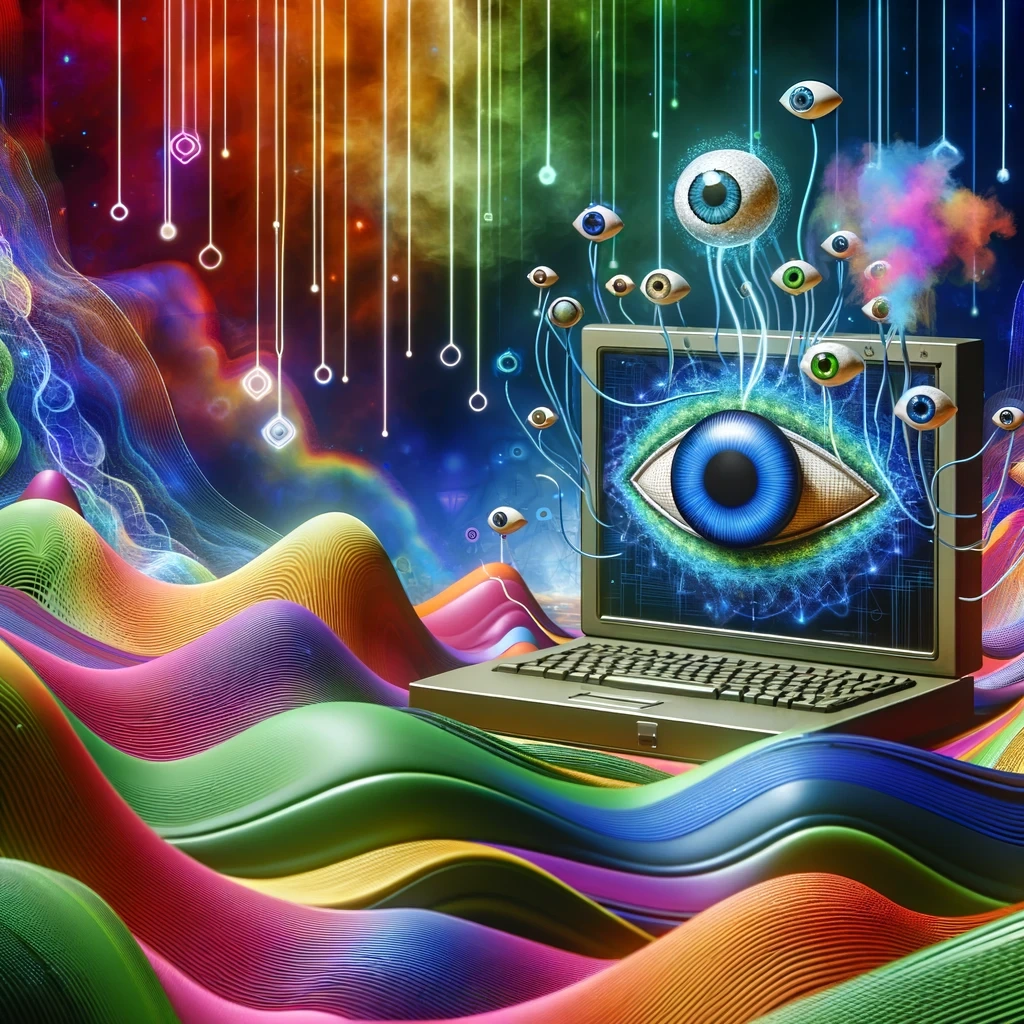
Hello and welcome to my space where I want to help you understand the foundation of computer vision. I'm excited to see you leave this article with a basic understanding of this technology that has helped improve our society in many ways. Whether you are interested or someone who wants more knowledge on computer vision, this article is for you.
Disclaimer!
You do not need to know math or coding to understand this article.
Computer vision is essentially how we teach computers to see and interpret the world, very similar to human vision. This field has come a long way, transforming from basic image recognition to scene understanding. It's all about training computers to process and analyze visual data from the world around us.
In the early days, computer vision tasks were relatively simple and heavily reliant on human-coded algorithms. However, with the invention of more sophisticated machine learning techniques, the scope of computer vision has expanded tremendously. Today, neural networks, especially Convolutional Neural Networks (CNNs), are at the heart of modern computer vision enabling systems to automatically learn and extract visual features from vast amounts of image and video data.
This evolution has turned computer vision into a very important component of many technological advancements. From improving security systems with facial recognition to revolutionizing healthcare with medical image analysis, computer vision's impact is far-reaching. It's a multidisciplinary field that blends elements from AI, pattern recognition, image processing, and more to create systems that can understand and interpret the visual world with a degree of accuracy and efficiency that was once thought impossible.
We will dive into the basics of computer vision, key applications, tools, and technology in computer vision, challenges facing this technology, and future advancements in this field.
BUT!
Before we begin, I want to give you a quick overview of some terminology that will be used throughout this article.
Terminology
Deep Learning: Imagine trying to teach a computer to recognize everyday objects. Deep learning is similar to giving the computer lots of examples (like pictures of cats) and letting it figure out the patterns and details all by itself. It's a bit like learning through trial and error or experience, where the computer gradually gets better at identifying what it sees.
Neural Networks: Think of these as the brain's equivalent in a computer, but for learning from data. They are a collection of small units that work together to process and make sense of the information they receive, much like how our brain processes what we see and hear.
Convolutional Neural Networks(CNNs): This is a type of neural network. These are like specialized tools within this brain-like setup, particularly good at understanding images. They break down pictures into smaller parts (like noticing shapes, colors, and textures) and use these details to get the bigger picture. This approach is especially useful for things like recognizing faces in photos or identifying objects in videos.
Now that we have an understanding of these terms, let's dive in! Excited for you!
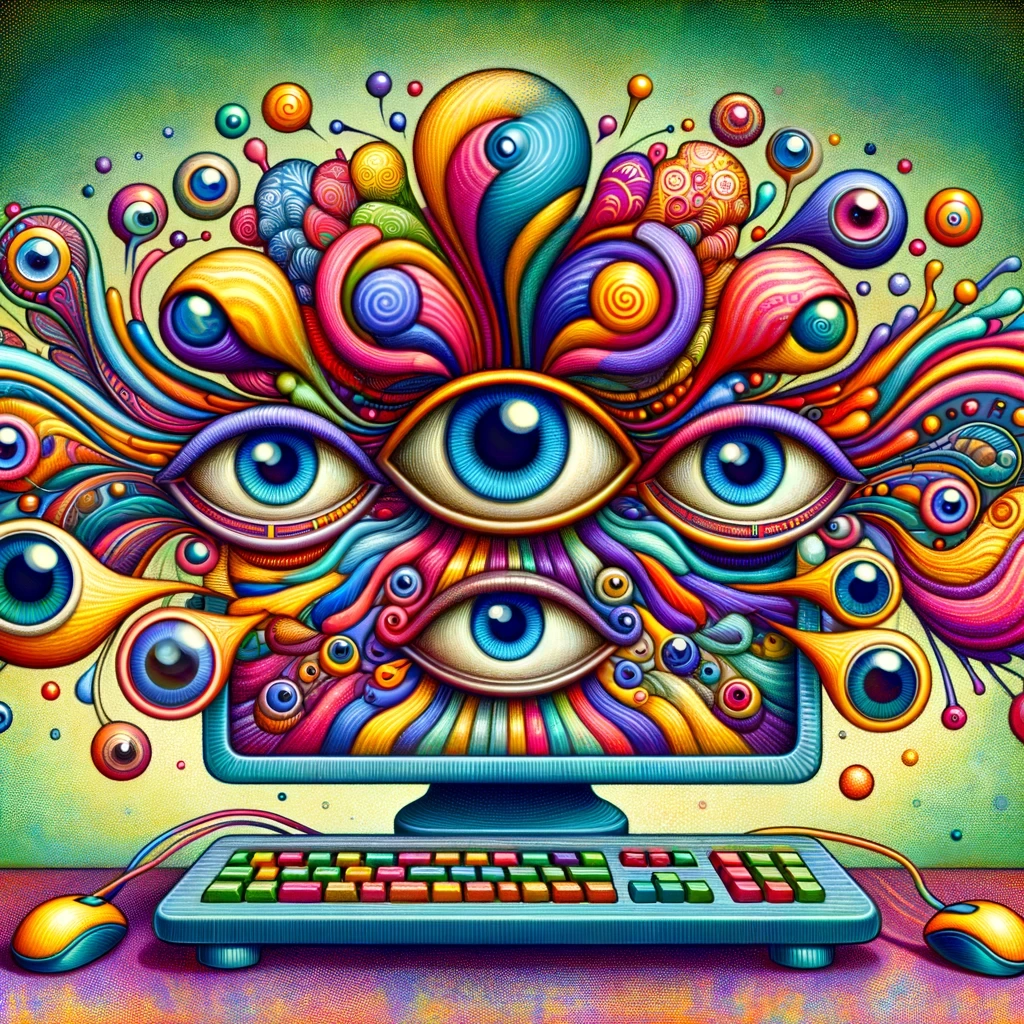
Basics of Machine Learning in Computer Vision
Machine learning has been a game-changer for computer vision. Deep learning with neural networks allows for tasks like feature extraction, pattern recognition, object detection, and classification to be carried out with remarkable accuracy. The use of neural network models, particularly convolutional neural networks (CNNs), has become popular due to their ability to automatically learn visual features from images. This process improves the capabilities of computer vision systems.
Supervised learning algorithms, such as Support Vector Machines (SVM), K-Nearest Neighbors (KNN), logistic regression, decision trees, and random forests, are widely used for tasks like image classification and object recognition.
On the other hand, unsupervised learning algorithms, like clustering, play an important role in pattern discovery and anomaly detection in images. The application of these machine learning techniques in computer vision has opened up new possibilities in multiple fields. For instance, in video surveillance they allow the identification and tracking of objects and individuals, while biometric systems are used for identity verification through facial recognition. Ever heard of TSA CLEAR in airports? That's a computer vision technology.
Key Applications of Computer Vision
The applications of machine learning in computer vision are diverse and impact many aspects of our daily lives. From improving security through video surveillance systems to advancing the automotive industry with self-driving cars, the influence of computer vision is unmistakable. In healthcare, for example, computer vision aids in the analysis of medical images, improving diagnostics and patient care. In the retail sector, it's used for inventory management and enhancing customer experience through facial recognition and recommendation engines. In agriculture, it's used for crop monitoring and management, helping farmers optimize production.

Healthcare

Retail
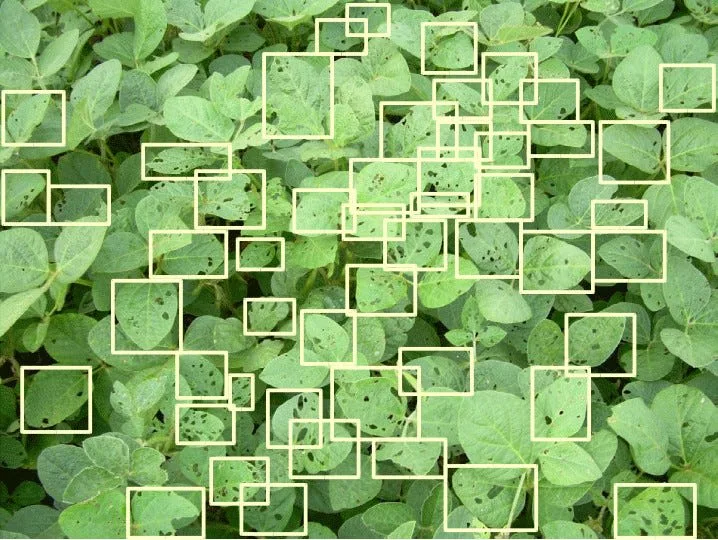
Agriculture
Another fascinating application of computer vision is in the tourism industry. Here, it can be used for people and object detection, video analysis, virtual tours, and providing real-time updates. The potential to improve the tourism industry is immense, as computer vision can improve the visitor experience by providing interactive and personalized services. These applications are just a glimpse of the transformative impact of computer vision across different sectors.
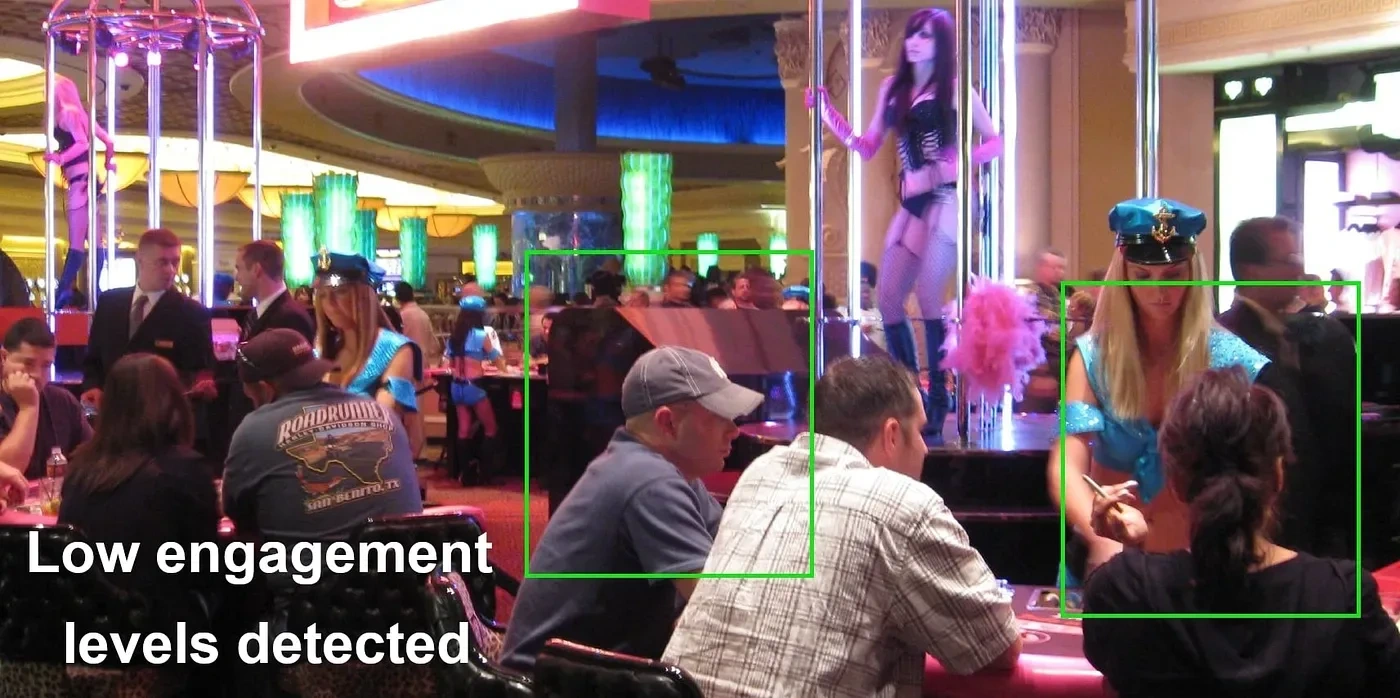
Tourism
Tools and Technologies in Computer Vision
Several key tools and technologies are widely used within this field. TensorFlow, PyTorch, Keras, OpenAI, OpenCV, and Scikit-Learn are among the most popular. Each of these tools offers unique capabilities for developing and deploying computer vision applications. TensorFlow and PyTorch, for example, are powerful frameworks for building and training machine learning models, including those used in computer vision. Keras, a high-level neural networks API, is known for its user-friendliness and is often used in conjunction with TensorFlow.
OpenAI contributes through advanced AI models that excel in image recognition, object detection, and classification. Its technologies help improve the accuracy and efficiency of computer vision systems, making it a powerful asset alongside tools like TensorFlow and OpenCV.
OpenCV (Open Source Computer Vision Library) is a library of programming functions mainly aimed at real-time computer vision. It's widely used for tasks such as facial recognition and object detection. Scikit-Learn, another key tool, is known for its simple tools for data mining and data analysis and is often used in conjunction with other libraries for computer vision tasks.
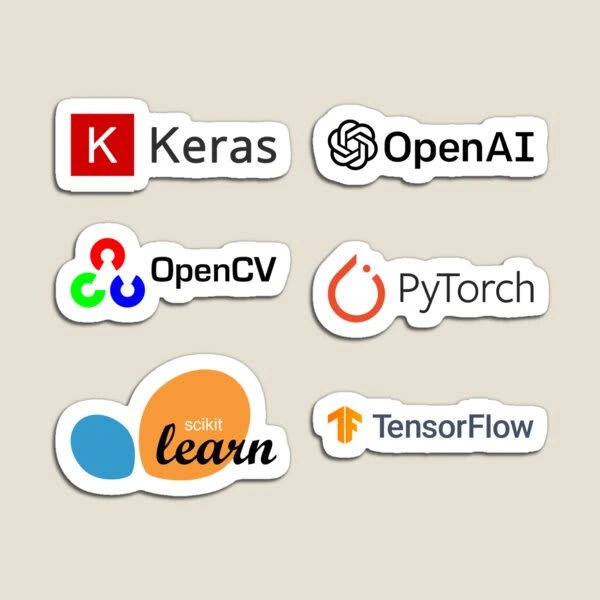
These tools have played a very important role in the advancement of machine learning in computer vision. They've made it easier for developers and researchers to implement complex algorithms and have contributed to the rapid growth and innovation in the field. The availability of these technologies has democratized access to advanced computer vision capabilities, and furthering research and development in the area.
Challenges in Computer Vision
Despite the advancements, computer vision still faces a lot of challenges. One major issue is the lack of labeled training data, which is pretty important for training accurate machine learning models. Gathering and labeling large datasets can be time-consuming and expensive, and in some cases, it's simply not feasible. This limitation often hinders the development and accuracy of computer vision systems.
Computational uses are another challenge. Processing and analyzing visual data requires a lot of computational resources, which can be a barrier, especially for real-time applications. Deploying machine learning models on edge devices, such as smartphones and IoT devices, adds to this challenge due to their limited processing capabilities.
Ethical concerns, particularly around privacy and the use of facial recognition technology, are also growing challenges in computer vision and will only become more of a problem down the road. The balance between technological advancement and respect for individual privacy rights is a delicate one, and it's an area that requires careful consideration and regulation.
Future Trends and Advancements
Looking to the future, there are several promising areas of research and development in computer vision. One key focus is on improving accuracy, especially on complex images. This involves developing models that can handle a wide range of visual data with high precision. Another area of research is semi-supervised learning, which aims to reduce the need for labeled data. By combining labeled and unlabeled data, these models can learn effectively and efficiently. Explainability and visualization of model decisions are also rising and important research areas. As machine learning models become more advanced, understanding how they make decisions becomes increasingly important. This is especially true in sensitive applications such as medical diagnosis with transparency in decision-making.
Computer vision is advancing the way we interact with technology. At its core, it uses machine learning, especially neural networks, to process and analyze visual information, much like our own vision. This technology is making advances across multiple sectors, from improving healthcare diagnostics to improving retail experiences. Despite its remarkable capabilities, it faces challenges like limited data availability and ethical concerns around privacy. As we look to the future, the focus is on improving accuracy and reducing reliance on big and complex datasets, all while ensuring these intelligent systems are transparent and understandable. It's a growing field, offering endless possibilities for innovation and improvement.
Like this project
Posted Jan 21, 2024
Explore computer vision's impact on industries like healthcare and retail, where AI meets human sight to drive innovation and growth.





